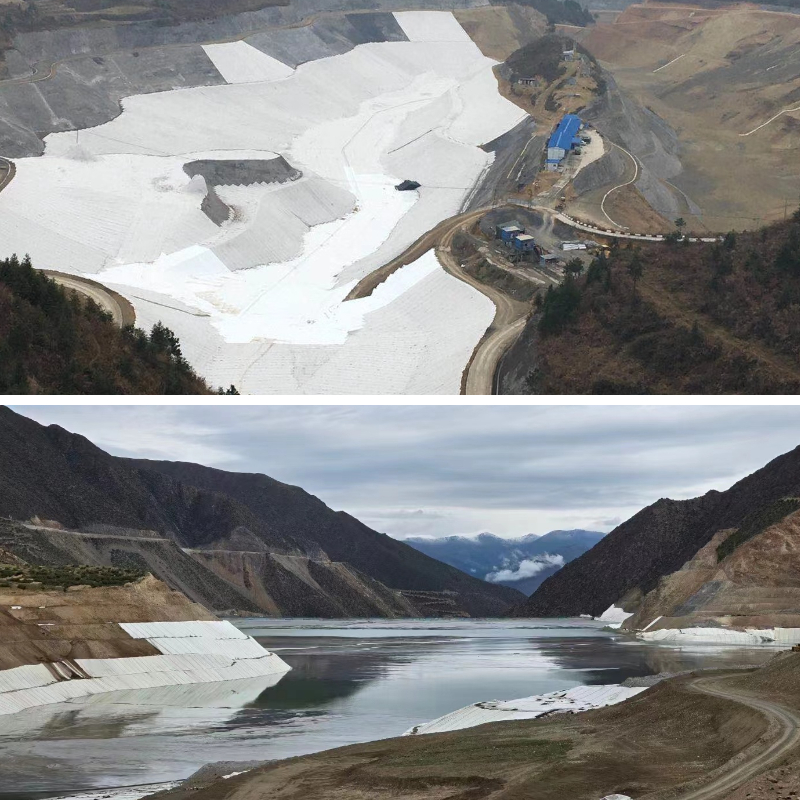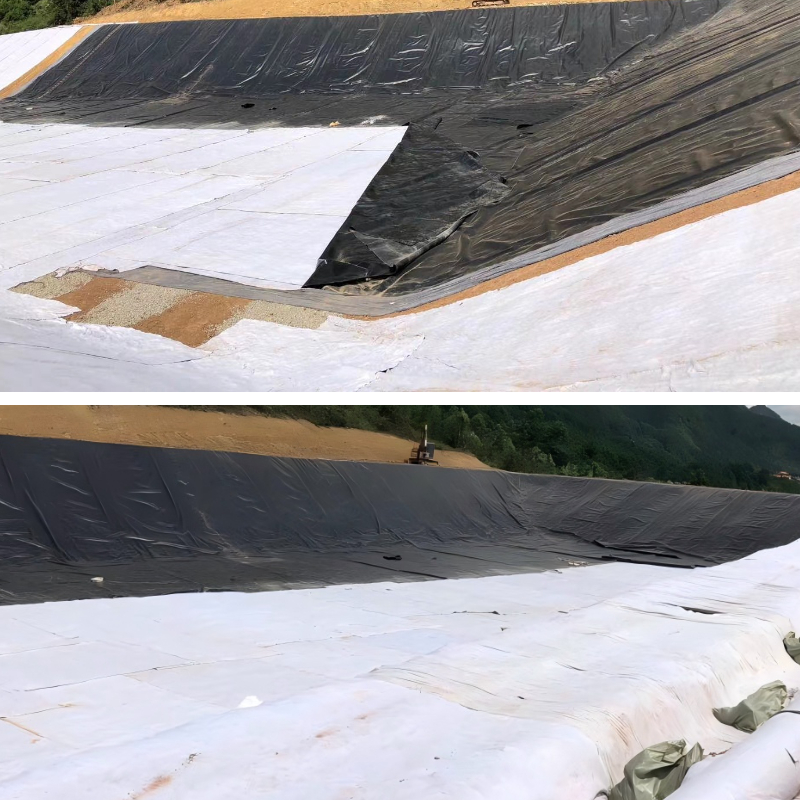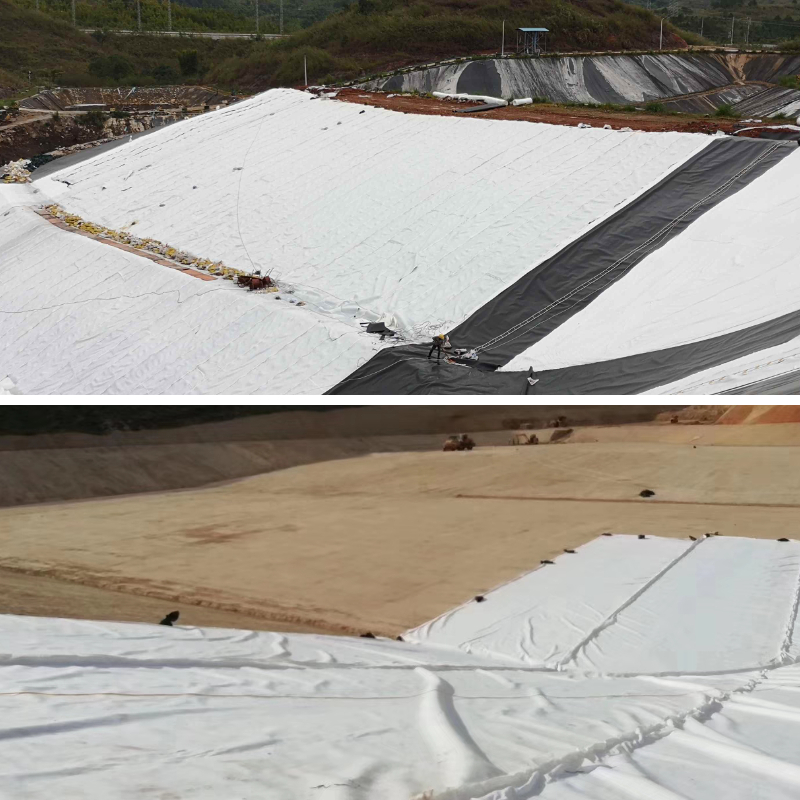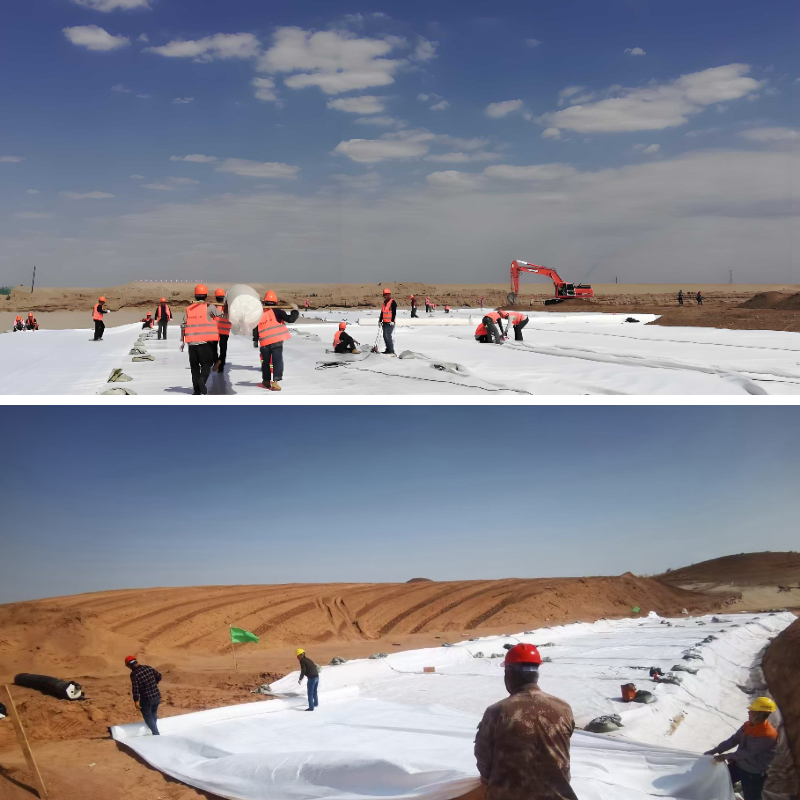Can You Reuse Geotextile Cloth? Tips for Inspection & Reinstallation
After ending a landscaping, construction, or erosion manipulate project, you would possibly discover your self staring at a pile of used geotextile fabric and wondering: Can I reuse this? Geotextile is a workhorse material—used for keeping apart soil and gravel, stopping erosion, and stabilizing terrain—but its reusability relies upon on key elements like cloth type, utilization history, and condition. Reusing geotextile fabric can store cash and minimize waste, however doing it incorrect dangers venture failure. In this guide, we’ll reply the “can you reuse it” query definitively, share step-by-step inspection tips, and stroll you via secure reinstallation—with masses of realistic recommendation for DIYers and contractors alike.
1. Can You Reuse Geotextile Cloth? Key Factors to Decide
The brief answer: It depends. Not all geotextile is created equal, and its capacity to stand up to a 2nd use hinges on three necessary factors. Understanding these will assist you keep away from high-priced errors and maximize the cost of your material.
1.1 Geotextile Material Type: Durability First
Geotextile material is made from two foremost artificial fibers: polypropylene (PP) and polyester (PET). These are the solely kinds well worth thinking about for reuse. PP geotextile fabric is resistant to chemical compounds and moisture, making it perfect for drainage tasks (like French drains) or transient applications. PET geotextile is even extra durable—withstanding UV radiation and excessive temperatures—suited for everlasting tasks like avenue base stabilization. Avoid reusing short-fiber or natural-fiber geotextile (e.g., jute); these damage down shortly and lose electricity after one use. Check the product label or dealer specs to verify fiber kind earlier than planning reuse.
1.2 Original Usage: Temporary vs. Permanent Projects
How the geotextile used to be first used has a big influence on its reusability. Temporary tasks (e.g., protecting grass all through construction, brief erosion manage for a backyard renovation) are the excellent candidates. In these cases, the geotextile fabric is regularly uncovered to minimal stress, chemicals, or UV damage. Permanent initiatives (e.g., below concrete slabs, landfill liners) are riskier—geotextile right here may additionally be compressed, stained with chemicals, or weakened through long-term UV exposure. For example, a PP geotextile used to line a brief garden mattress can probable be reused for a new gravel path, however one below a patio slab for 5 years ought to be discarded.
1.3 Initial Care: How Well Was It Maintained?
Geotextile fabric that used to be cleaned and saved suitable after its first use has a a long way greater reuse potential. If the cloth was once left uncovered to harsh daylight for months or blanketed in oil, chemicals, or compacted mud, its fibers may additionally have degraded. For instance, a geotextile fabric used to separate soil and gravel in a driveway—then hosed off and rolled up in a dry garage—will be in higher form than one left outdoor via a wintry weather of freezing and thawing.
2. Step-by-Step Inspection: Is Your Geotextile Cloth Reusable?
Before reinstalling geotextile, a thorough inspection is non-negotiable. Even if it appears high-quality at first glance, hidden injury can lead to erosion, soil mixing, or venture failure. Follow these steps to verify its condition.
2.1 Visual Inspection: Check for Obvious Damage
Lay the geotextile material flat in a well-lit region and have a look at each and every rectangular foot. Look for:
Tears or holes: Even small 1-inch holes can let soil seep through. Pay greater interest to edges, which regularly fray throughout removal.
Fading or discoloration: Significant fading (especially in PET geotextile) suggests UV damage, which weakens fibers.
Stains or residue: Oil, gasoline, or chemical stains suggest the fibers may additionally be degraded. Mud or grime is okay—just easy it later.
Mold or mildew: While mold doesn’t usually damage geotextile, it can sign extended moisture exposure, which may additionally purpose rot in lower-quality materials.
2.2 Physical Testing: Assess Strength and Flexibility
Visual assessments aren’t enough—you want to take a look at the geotextile’s bodily integrity. Try these easy tests:
Tear test: Gently pull at a frayed edge. If it tears effortlessly (without a good deal force), the fibers are weakened. A reusable geotextile have to withstand tearing.
Flex test: Fold the material tightly in 1/2 and maintain for 30 seconds. Unfold it—if it stays creased or cracks, it’s too brittle for reuse.
Weight test: Place a 50-pound bag of gravel on a small section. If the geotextile sags excessively or stretches, it lacks the electricity for most projects.
2.3 Environmental Impact Check: Rule Out Contamination
If the geotextile material was once used in initiatives involving chemical compounds (e.g., agricultural drainage with fertilizers, industrial sites), it may additionally be contaminated. Even if it appears clean, residues can leach into new projects—harmful for gardens or water features. For these cases, ignore reuse and recycle the geotextile if possible. For non-chemical tasks (e.g., landscaping, residential drainage), a easy hose-down will take away dust and debris.
3. Safe Reinstallation: Step-by-Step Guide for Reused Geotextile
If your geotextile passes inspection, perfect reinstallation is key to making sure it performs as properly as new. Follow these steps to keep away from frequent pitfalls.
3.1 Prep: Clean, Repair, and Measure
Start via cleansing the geotextile cloth: Rinse it with a backyard hose to get rid of dirt, mud, or free debris. Let it dry completely—wet geotextile is heavier and inclined to mold. Next, restore damage: Use a patch of new geotextile (matching the fiber type) and geotextile adhesive to cowl holes or tears. For frayed edges, trim them with scissors to create a easy edge. Finally, measure your new challenge place and reduce the geotextile to size—add 6–12 inches of greater size on all aspects for overlapping.
3.2 Lay the Base: Prep for Stability
Geotextile works first-rate on a smooth, compacted base. Clear the task vicinity of rocks, roots, and weeds—these can puncture reused geotextile (which can also be barely weaker than new). Rake the soil flat, then compact it with a tamper (manual or electric) to stop settling. For tasks like gravel paths or patios, add a 2-inch layer of overwhelmed stone as a secondary base—this reduces friction on the geotextile.
3.3 Install: Overlap, Secure, and Avoid Tension
Unroll the geotextile material over the organized base. Avoid stretching it—tension can purpose tears over time. Overlap adjoining panels with the aid of 6–12 inches (more for sloped areas to stop erosion). Secure the geotextile to the floor with panorama staples (every 2–3 toes alongside edges and overlaps) or gravel baggage (for transient projects). For sloped areas, begin laying from the backside and work upward—this ensures overlaps face downward, blocking off water from seeping below the cloth. Never drag the geotextile throughout hard surfaces—carry it to keep away from extra damage.
4. Pros, Cons, and Alternatives to Reusing Geotextile
Reusing geotextile has clear benefits, however it’s no longer continually the first-rate choice. Weigh these execs and cons, and reflect onconsideration on options if reuse isn’t feasible.
4.1 Pros: Why Reuse Geotextile Cloth?
The largest blessings are fee financial savings and sustainability. New geotextile fabric fees $0.50–$2 per rectangular foot—reusing it cuts cloth fees by way of one hundred percent for your 2d project. Environmentally, reusing geotextile reduces plastic waste (most geotextile is artificial and takes a long time to decompose). For DIYers, it additionally reduces cleanup—instead of discarding ancient material, you repurpose it for a smaller assignment (e.g., the usage of driveway geotextile for a backyard edge).
4.2 Cons: Risks of Reused Geotextile
The important danger is decreased performance. Even well-maintained geotextile can also have weakened fibers, making it much less fine at erosion manage or soil separation. Reused geotextile additionally has a shorter lifespan—you may also get 2–3 years of use as a substitute of 5–10. For quintessential initiatives (e.g., conserving wall stabilization, basis drainage), new geotextile is well worth the funding to keep away from pricey failures.
4.3 Alternatives: When to Skip Reuse
If your geotextile fails inspection, don’t pressure reuse. Instead:
Recycle it: Many building furnish shops take delivery of used geotextile for recycling into new plastic products.
Repurpose it for non-critical uses: Use broken geotextile as a weed barrier beneath mulch (where ideal integrity isn’t needed).
Buy recycled geotextile: New geotextile made from recycled plastic affords sustainability except the overall performance dangers of reuse.
Final Thoughts: Reuse Geotextile Cloth Wisely
Reusing geotextile fabric is sincerely possible—if you pick out the proper material, look at it thoroughly, and reinstall it carefully. It’s a clever way to shop cash and decrease waste for non-critical tasks like backyard paths, transient erosion control, or mulch barriers. For everlasting or high-stress projects, though, new geotextile is the safer bet. By following the inspection and reinstallation guidelines here, you can make the most of your geotextile whilst preserving your initiatives robust and durable. Ready to supply reuse a try? Grab your historic geotextile, run via the checks, and begin planning your subsequent project!
Contact Us
Company Name: Shandong Chuangwei New Materials Co., LTD
Contact Person :Jaden Sylvan
Contact Number :+86 19305485668
WhatsApp:+86 19305485668
Enterprise Email: cggeosynthetics@gmail.com
Enterprise Address: Entrepreneurship Park, Dayue District, Tai 'an City,
Shandong Province










